What does Hekroth's honeysuckle look like and how to grow it?
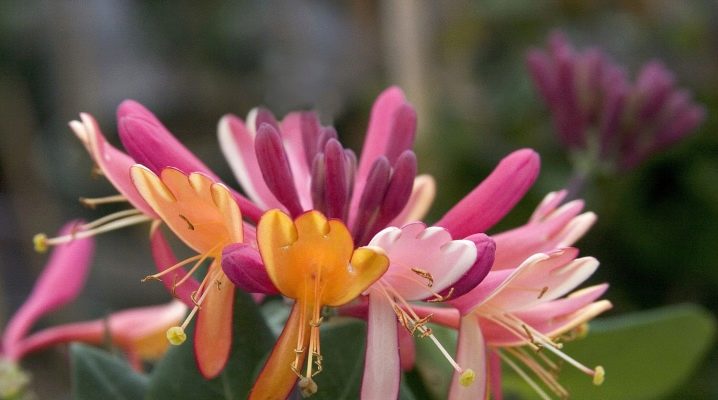
Honeysuckle Hekroth is a beautiful garden plant, the most popular varieties of which, "Goldflame" or "American Beauty", are especially loved by landscape designers. The description of this climbing perennial fully reveals its characteristics and advantages. Planting and care, the features of protecting Hecrot's honeysuckle from pests or diseases should be considered in detail.


general description
The ornamental climbing plant, the Honeysuckle Hecroth, was obtained at the end of the 19th century by successful hybridization. Breeders from the United States crossed with each other two other species of this family. The hybrid of evergreen and American honeysuckle turned out to be tall - the shoots reach 6 m in height with half the diameter, give an annual increase in the range of 40-50 cm.The branches are brightly colored, especially when planting a shrub or climbing vine in the sun, acquire a red tint, in old wood gradually changing to brown.
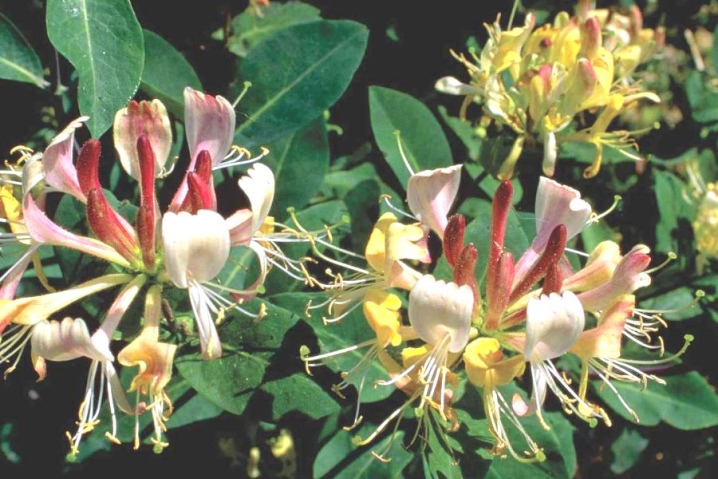
Other characteristic signs of Hekroth's honeysuckle include:
-
greenish-blue color of wide leaves;
-
long flowering with grouping of 20-30 buds;
-
subtle, slightly vanilla aroma;
-
shade of corollas from purple to scarlet blue;
-
the formation of inedible red berries;
-
the formation of shoots with a high ability to braid vertical supports;
-
lifespan up to 50 years.
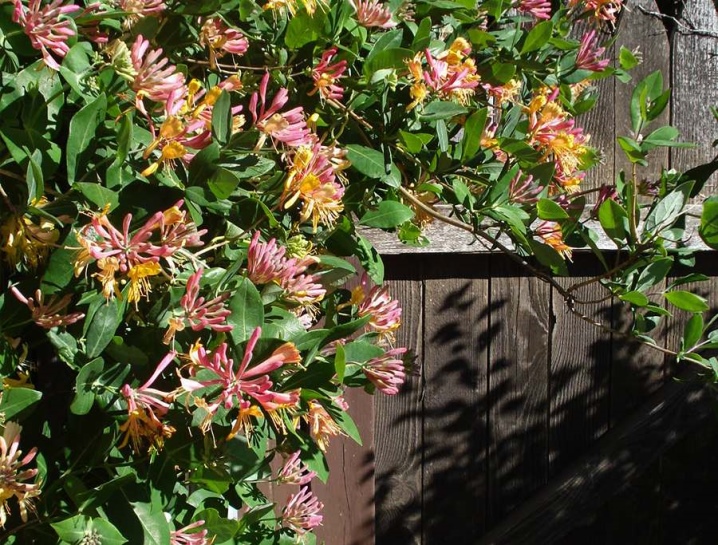
The shrub has an exclusively decorative purpose. Its fruits are poisonous to mammals, eating them is dangerous to health.
Varieties
There are several of the most popular subspecies of Hekroth's honeysuckle. They all have common basic features, but differ in the shade of inflorescences and some other features. Most of the varieties are presented in the form of weaving lianas, easily and quickly capturing the space of a hedge, a decorative lattice. The most interesting of them are worth studying in more detail.
-
"Variegata". The most decorative form, due to the two-tone color of the leaves, looks elegant even outside the flowering period. The variety has a high immunity, tolerates difficult climatic conditions well, if the planting is carried out on sufficiently fertile soil. The color of the flowers outside is bright, purple-pink, inside they are light, creamy white.
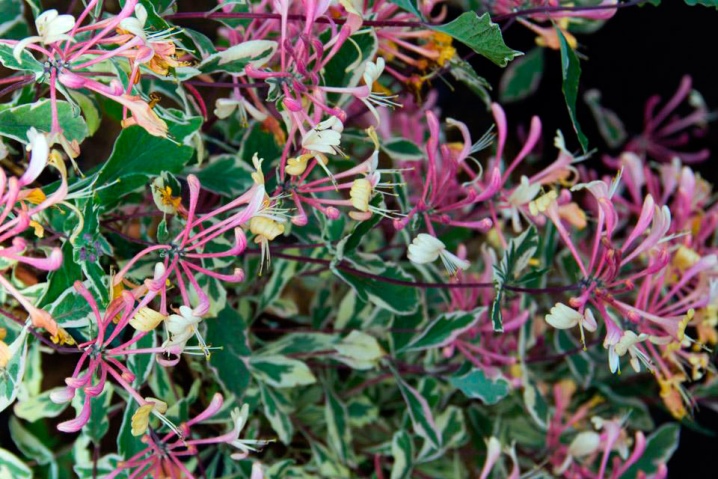
- Goldflame. Spectacular climbing vine, well protected genetically from the influence of external factors. This variety has lengthened up to 10 cm leaves with jagged edges, the shade of the flowers varies from deep pink on the outside to orange on the inside. Shoot formation is significant, the variety forms abundantly shoots, has a long growing season. Liana quickly takes root, but is afraid of frost, she needs shelter for the winter, it begins to bloom only for 3-4 years.

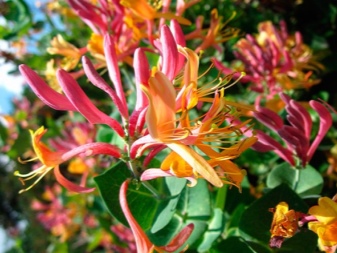
- American Beauty. Curly shrub form, tolerates lower atmospheric temperatures. The flowers are pale, pink on the inside and cream or yellow on the outside, large, but with a slightly noticeable aroma. The variety is very popular, but it is sensitive to grooming and requires special attention during cultivation.
Regardless of belonging to a specific subspecies, all Hekroth's honeysuckle can become a true decoration of a garden or local area. It is only important to follow the rules of agricultural technology.
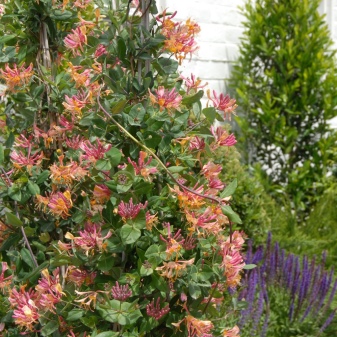
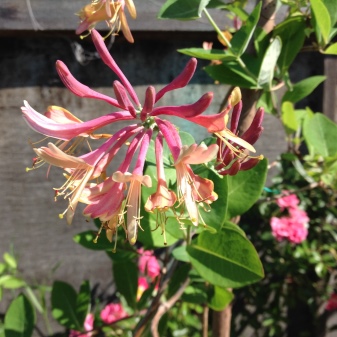
Planting and leaving
In early spring or autumn, before the onset of frost, ornamental honeysuckle can be planted.For this, seedlings are selected with a well-developed closed or open root system without signs of rotting or drying out. Planting material under the age of 2 years with a shoot height of about 40 cm or more is best suited. A healthy shrub under the bark is green, with flexible branches, and has no signs of disease or traces of pests.
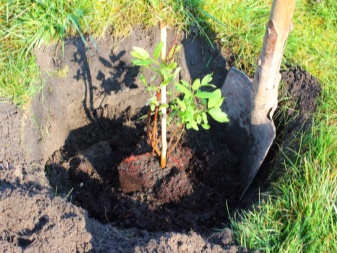
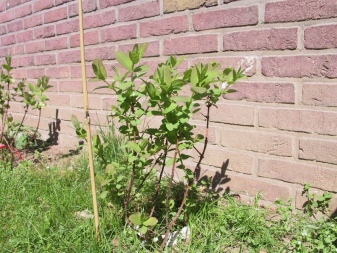
Planting is done on loose, organic-rich soils with low acidity, away from currants or gooseberries. In bright sun, flowering will be most abundant and longer. This should be taken into account when choosing a location. The landing procedure is simple.
-
Digging the site, removing weeds.
-
Disinfection of soil using hot copper sulfate.
-
Formation of a hole 40x40 cm.The bottom is drained by 5 cm.
-
Laying the soil substrate. It includes humus, ash, turf, a little superphosphate and potassium sulfate. The resulting mixture is placed in a cone-shaped hole, with a wide base to the bottom.
-
Seedling preparation. It is soaked in manganese, then immersed in a root stimulator for 12 hours. For plants with PCD, this stage is not relevant.
-
Transfer to a permanent place. The seedling is placed in a hole, covered with earth. The soil is compacted. 20 liters of water are poured under each bush.
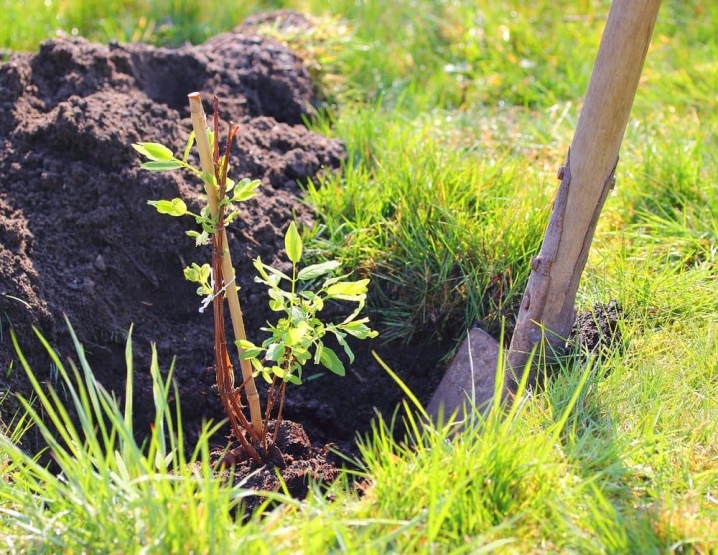
If the soil subsides after planting, you can fill it up later. Further care consists in regular loosening and mulching of the soil. Watering in the heat is necessary daily, only with warm water. In spring and autumn, it is held every other day. Top dressing is carried out starting from 2 years old. And also the shrub form is regularly pruned - sanitary, decorative, and for old bushes also rejuvenating, in early spring.
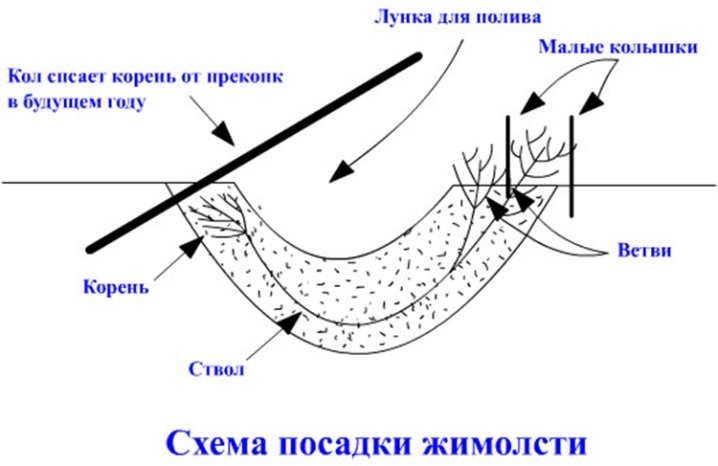
Reproduction
Since the plant belongs to hybrids, it is possible to preserve the original features of Heckrot's honeysuckle only with vegetative propagation - by cuttings, layering, dividing the bush. The latter method is applicable only in areas where such an adult plant already exists. It will be enough to dig it up by the root, cut it into pieces, and then plant it in new holes.
By layering, this ornamental shrub also reproduces quite easily. Strong young shoots are simply bent to the soil surface, sprinkled with earth, and fixed until rooting. Then a new bush is separated from the mother, and in the fall it is transferred to a permanent place.
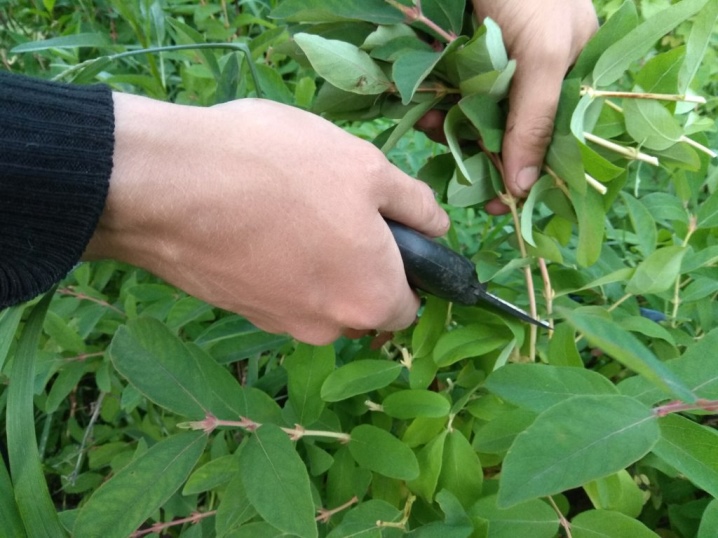
Cutting is the most laborious, but demanded method of reproduction of Hecroth's honeysuckle. Strong lignified shoots with brown bark are cut in early spring, divided into parts of 15 cm each, with 3 live buds. The resulting cuttings are disinfected with manganese, kept in a growth stimulator, then sent to peat or sand for rooting, maintaining the moisture content of the substrate.
After the awakening of the kidneys, top dressing is performed with complex preparations, until next year the planting material is grown in a greenhouse or on a windowsill.
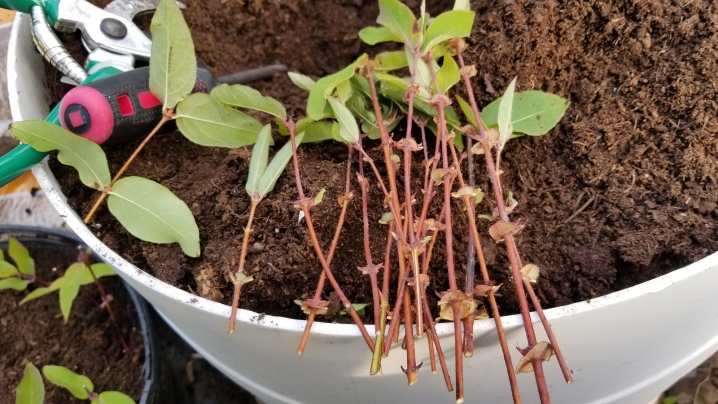
Diseases and pests
Honeysuckle Hecroth practically does not suffer from diseases. For prevention, you can additionally treat it with a hot solution of copper sulfate before the kidneys begin to awaken. This technology will also be relevant for pest control. It is important to carry out the procedure on time so as not to damage the dormant kidneys.
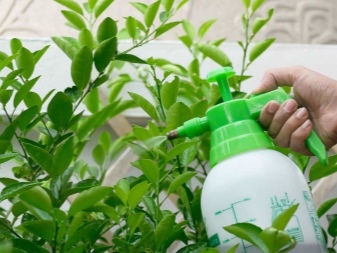











The comment was sent successfully.